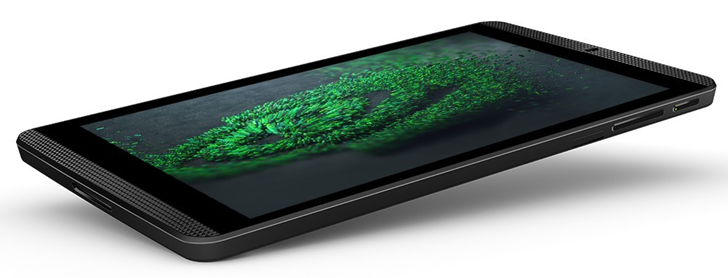latest
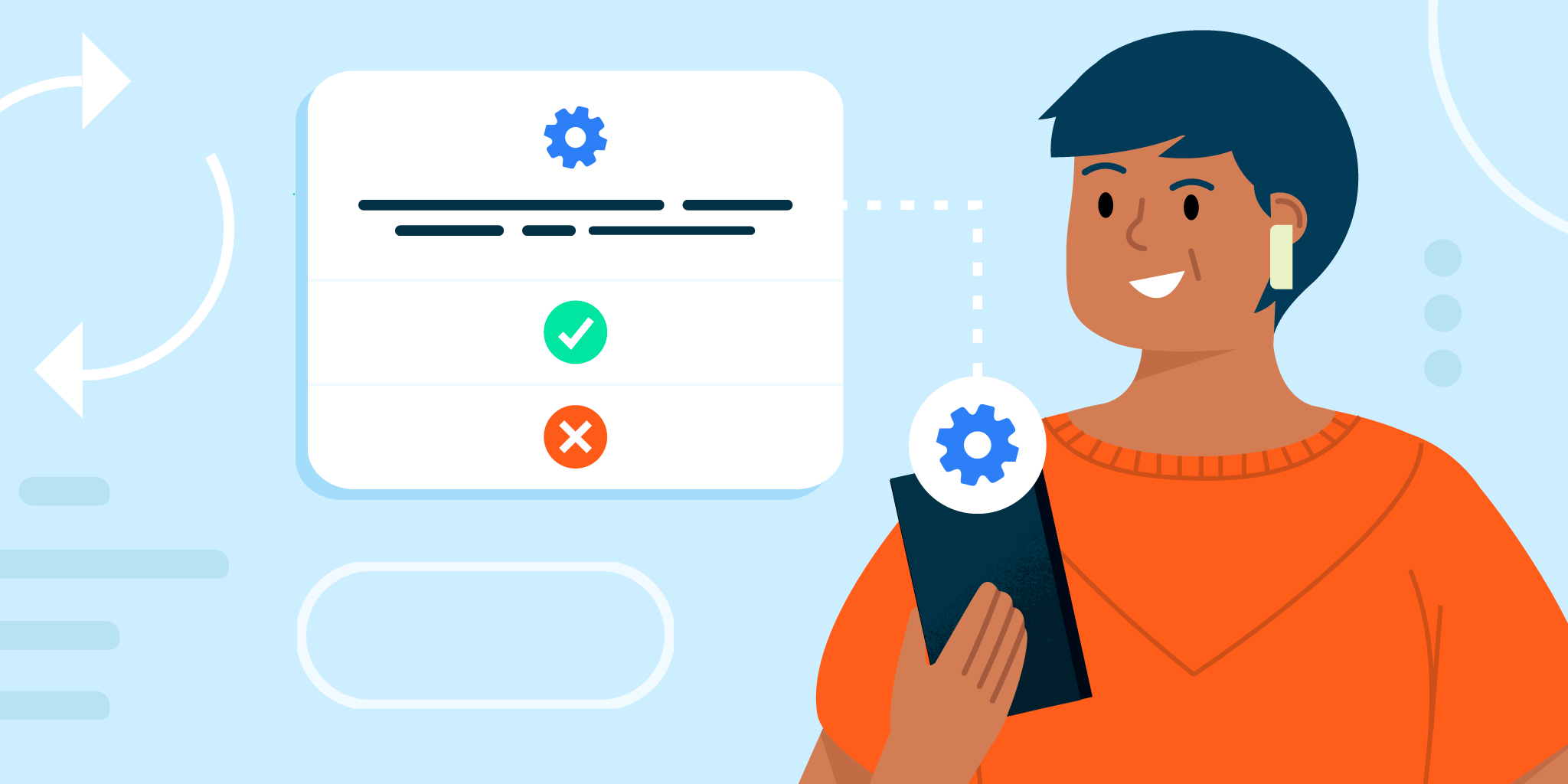
Your old Android phone is getting better about keeping you safe from barely-used apps
'Those permissions granted to you? Yeah, we're gonna need them back...'
Google is alerting app developers to some big coding changes ahead of the planned expansion of Android's permission auto-reset policy. This means more users will have permissions they've granted to apps automatically revoked starting in December. Here's what you need to know as a consumer.
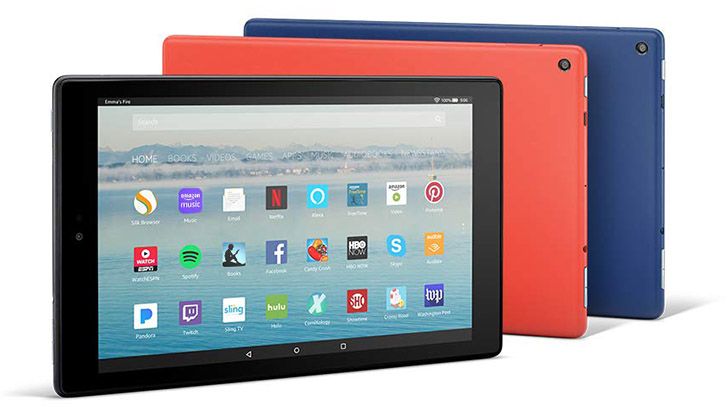
Amazon updates its 2017 7th generation Fire tablet lineup to FireOS 6 (Update: Not Nougat)
Amazon rarely delivers major OS updates to its Fire tablets
Read update
- According to reports in our comments and on XDA Forums, the system upgrade seems to be FireOS 6 in name only. While a few of the system applications have been updated, the tablets still seem to be running Android 5.1 Lollipop under the hood.
Amazon's Fire tablets are media consumption devices first and foremost, and given their extremely low prices, it's perhaps not surprising that they rarely receive major OS updates. The last Fire tablet to receive a system upgrade beyond minor features was the 2014 Fire HD 6, which was updated from FireOS 4.x to 5.x. However, it seems like Amazon's entire line of 7th-generation Fire tablets is now receiving an update to Nougat.Amazon's support site says FireOS 6 is now available for the 7th-Gen Fire HD 10, Fire HD 8, and Fire 7, all of which were released in 2017. Before now, only FireOS 5.3 was available for the models, based on Android 5.1 Lollipop. By comparison, FireOS 6 is a modified build of Android 7.1 Nougat, the same software that the newer 8th-gen Fire HD 8 and 9th-gen Fire 7 launched with. The update notification hasn't yet appeared on my 7th-gen Fire HD 8, so the rollout could be in the early stages.I'm hesitant to give Amazon credit for updating its tablets to a four-year-old operating system, but it's certainly better than leaving them on Lollipop. The 2019 Fire HD 10 remains the company's only tablet running Android 9 Pie — here's hoping Amazon's 2018 models are next in line for an upgrade.
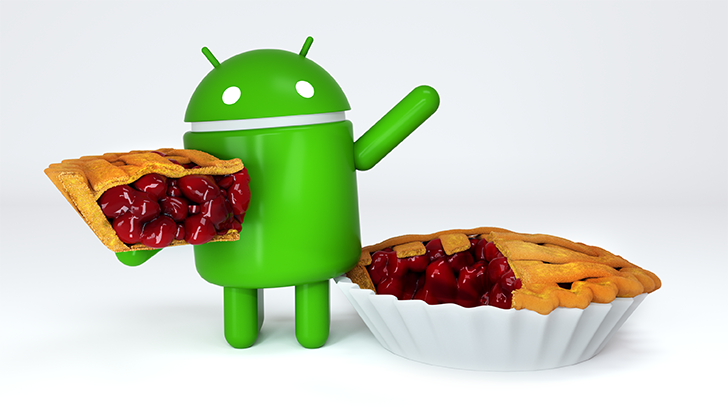
Google's official Android distribution numbers give us an insight into which OS versions are still being used, and serve as a visual representation of the platform's fragmentation. The stats have just been updated again for October, and Android 9 Pie is still nowhere to be seen.

In what is becoming a tradition, Google has published new Android platform distribution numbers for September before the month is even over. In fact, Google bumped the numbers once in the middle of September, which is a bit peculiar. Whatever the motivation, it wasn't to show off the impact Android 9 Pie has made, as the latest version of Android is still apparently sitting below the 0.1% threshold for inclusion.
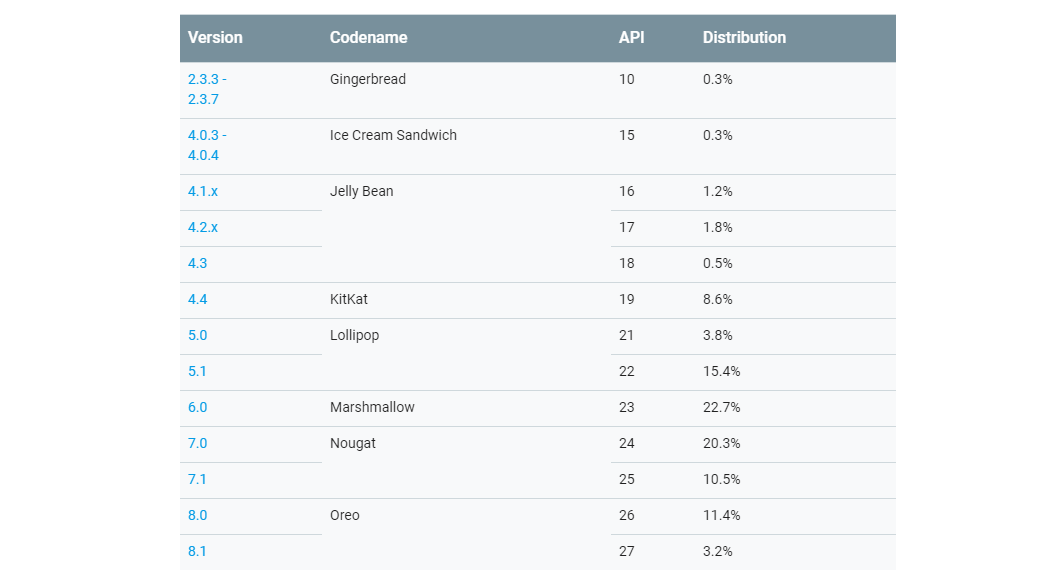
August isn't even properly over, but already Google has pushed the month's platform distribution numbers, detailing the precise statistics of Android versions used across devices. Last month's statistics were of particular interest after the two-month gap, resulting in some inflated numbers, but this month things are back to normal. As always, newer versions of Android are up, and older versions are (mostly) down. Interestingly, Pie has yet to rear its head, despite launching earlier this month.
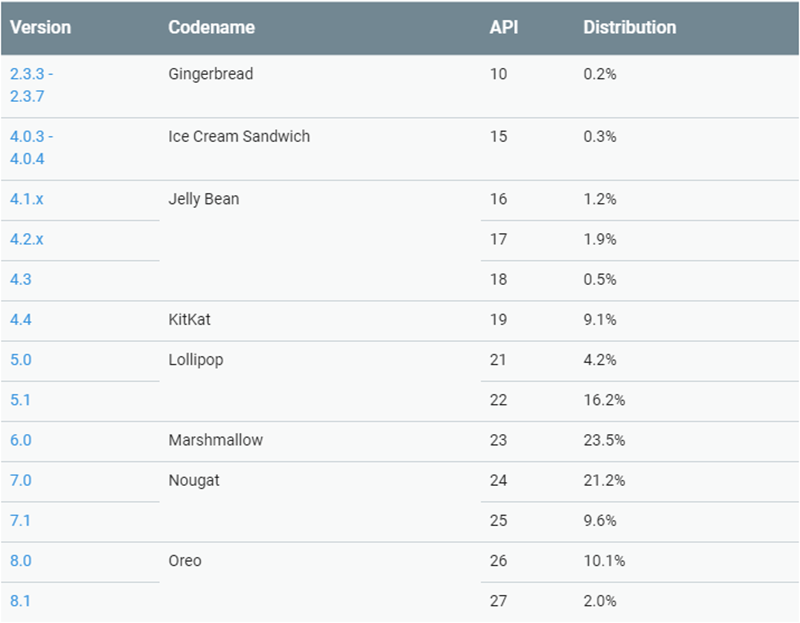
We get it, Google. You're busy with a lot of things, and platform distribution updates can fall by the wayside. Still, the most recent two-month gap was unusual. Someone finally had time to spit out new numbers today, and it's actually rather good news. Oreo usage is up to 12.2% across both versions, which is more than double where it was back in May.
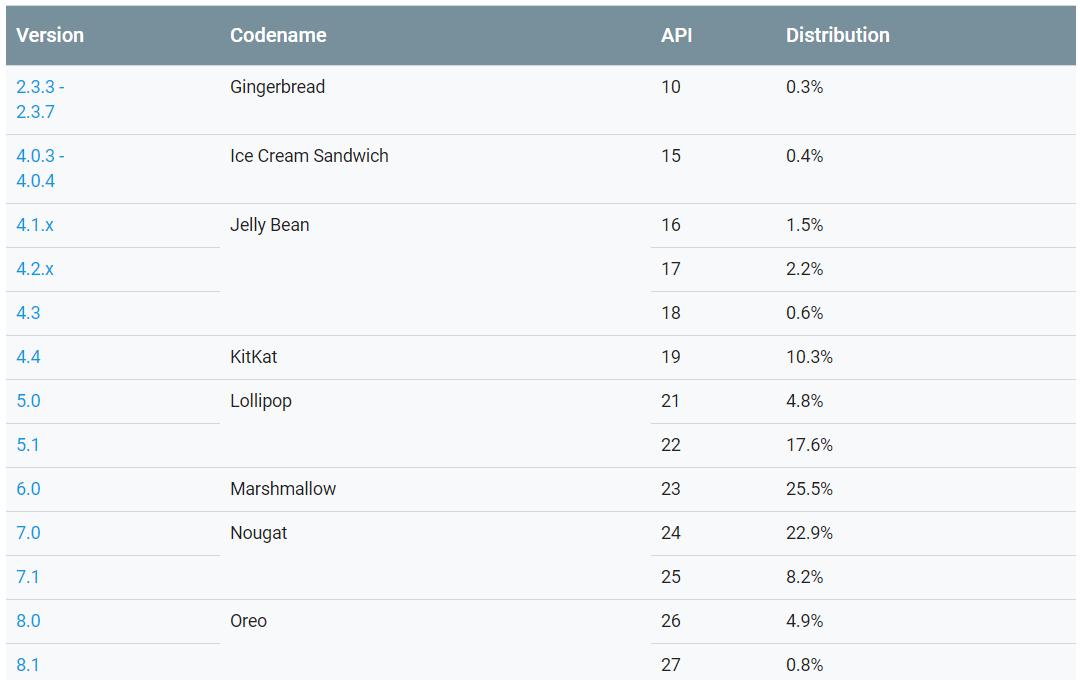
The big news today is all from Google I/O today, but that's not all we have to talk about. The developer dashboard has also gotten an update with new platform distribution numbers. So, Oreo is huge now, right? No, it's at a modest 5.7% usage share. That's up from just under 5% last time. That's behind Nougat's pace last year.
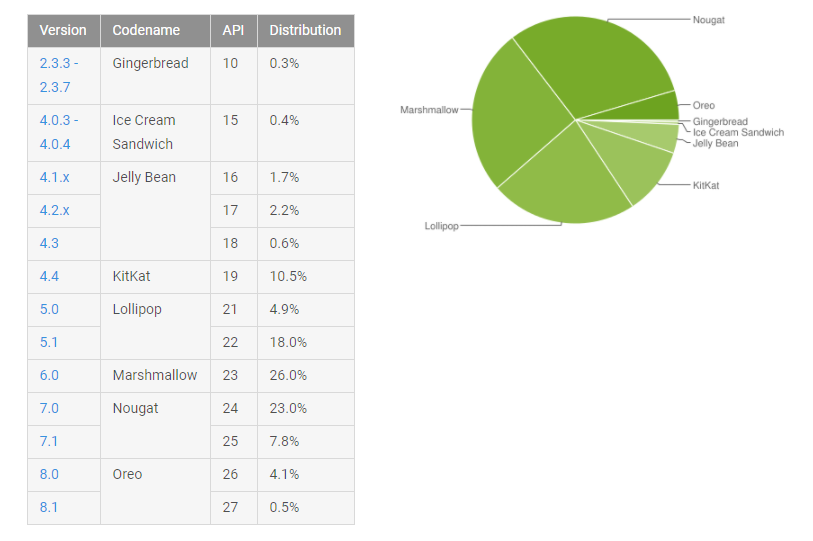
Things must be busy at the Googleplex right now. That's the only reason I can think that Google couldn't get someone to dump the latest platform distribution data online for the last six weeks. The last time we had fresh numbers was the beginning of February, but Google has just issued an out-of-cycle dashboard update with new numbers. There are no surprises here—Oreo is still growing (slowly) and old versions of Android are shrinking (slowly).
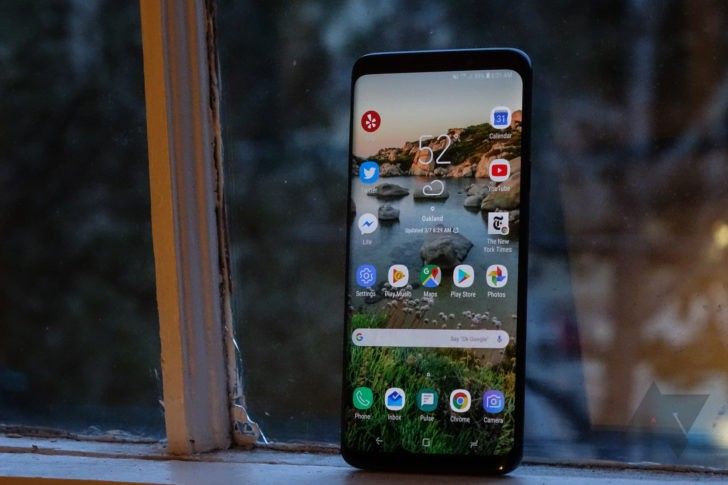
Read update
Earlier this week, I noticed that my Galaxy S9+ review unit had an OTA update available. This update addressed some stability issues with the camera and put the phone on the latest security patch (which is certainly a good thing). But at nearly 250MB, it was quite a sizable update, too, and so installation took a bit to complete - my phone was out of commission for over five minutes.
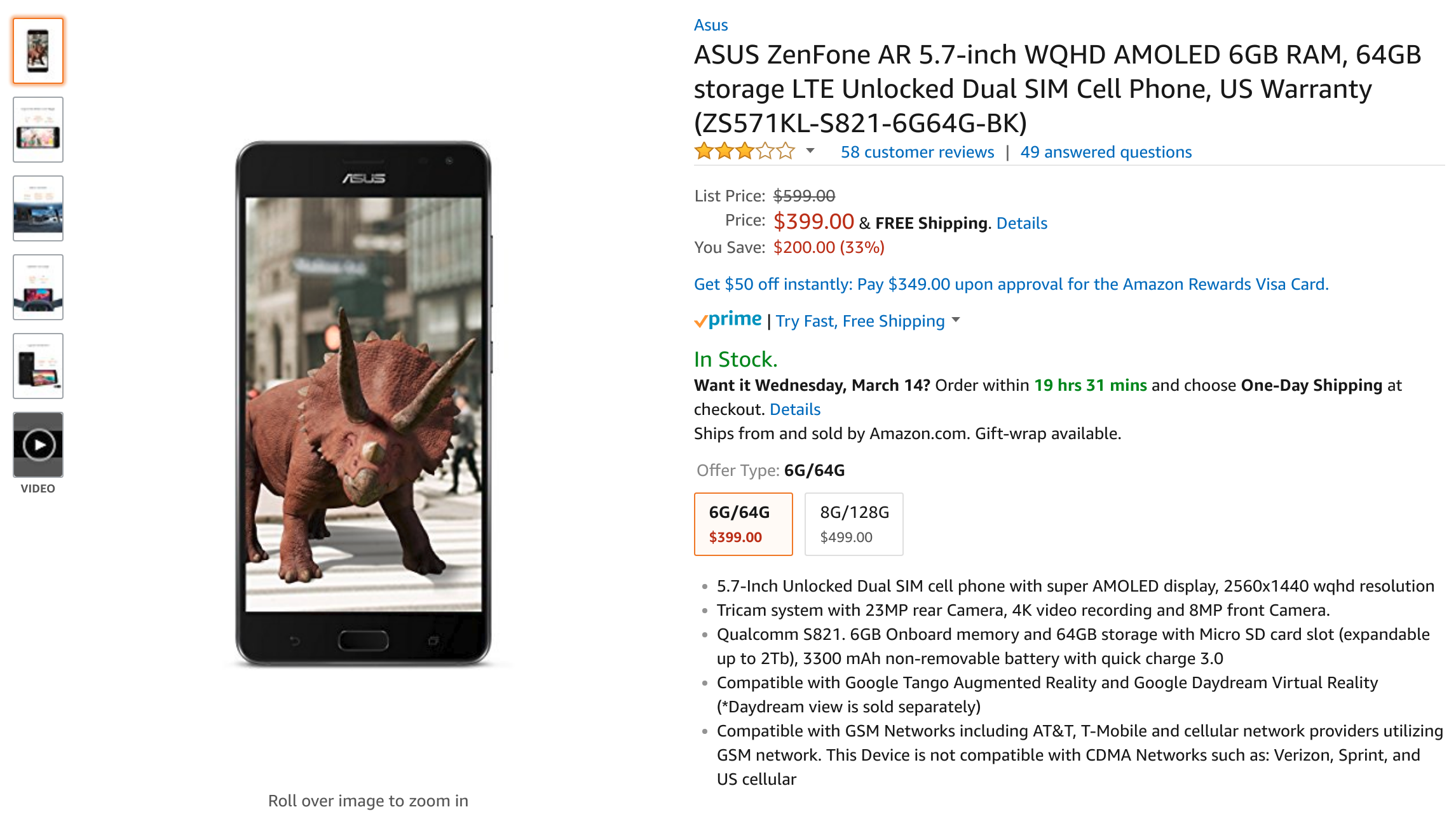
The ZenFone AR was a peculiar device when it launched. Just looking at the specs, it seems rather beefy for the time—few phones with the Snapdragon 821 had 6/8GB RAM options. This was all intended for use with Google's Project Tango augmented reality platform, but that was unceremoniously killed last December. As a result, the ZenFone AR is getting a $200 price cut.This brings the 6GB RAM / 64GB storage SKU to $399, and the 8GB/128GB SKU to $499. This is a first for the higher-end model, as it didn't see a discount in January.Android Police reviewed the ZenFone AR, concluding that "Tango is cool and all, but you'll likely play with it a few times and never open it (or the apps) again." While the ZenFone AR seems to still be on 7.0 (Nougat), it was updated to the December 2017 security update, and supports the bootloader unlock tool.Meanwhile, I'm still waiting for ASUS to revive the PadFone.Source: Amazon (6/64GB, 8/128GB)
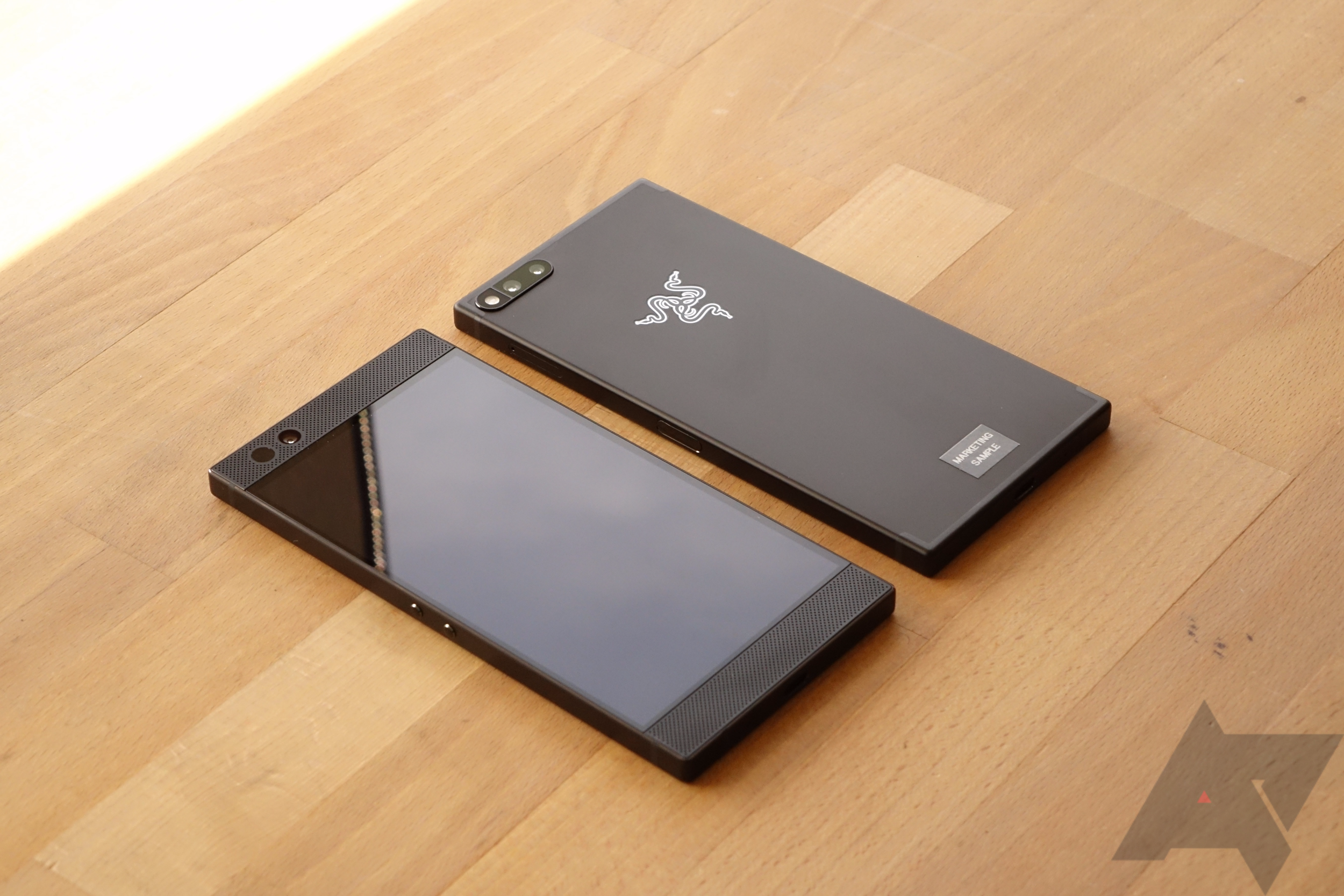
The Razer Phone launched last year with plenty of features that cater to power users. There's a 120Hz screen, a huge battery, front-facing speakers, and more. One thing that was missing: the option to flash factory images. The phone was unlockable, but the images didn't exist. Well, now they do.
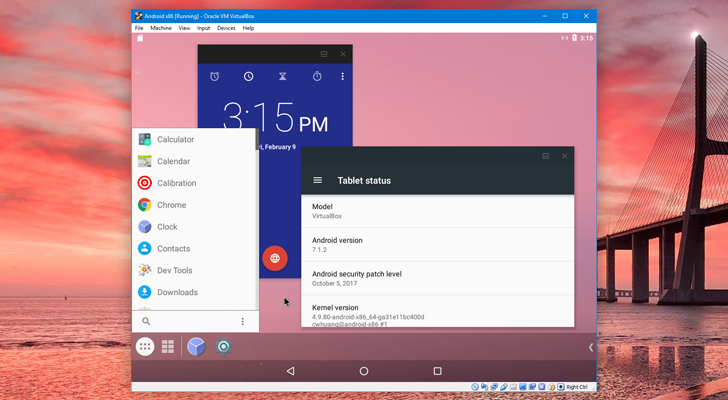
Read update
It has been a very long time since we last covered Android x86, but the project is still alive and kicking. If you're not familiar with it, Android x86 is a port of Android to x86-based PCs and Macs, with almost no changes to the interface (for better or for worse). The first stable port of Android 7.1 has just been released, so you can enjoy Nougat on your PC or virtual machine of choice.
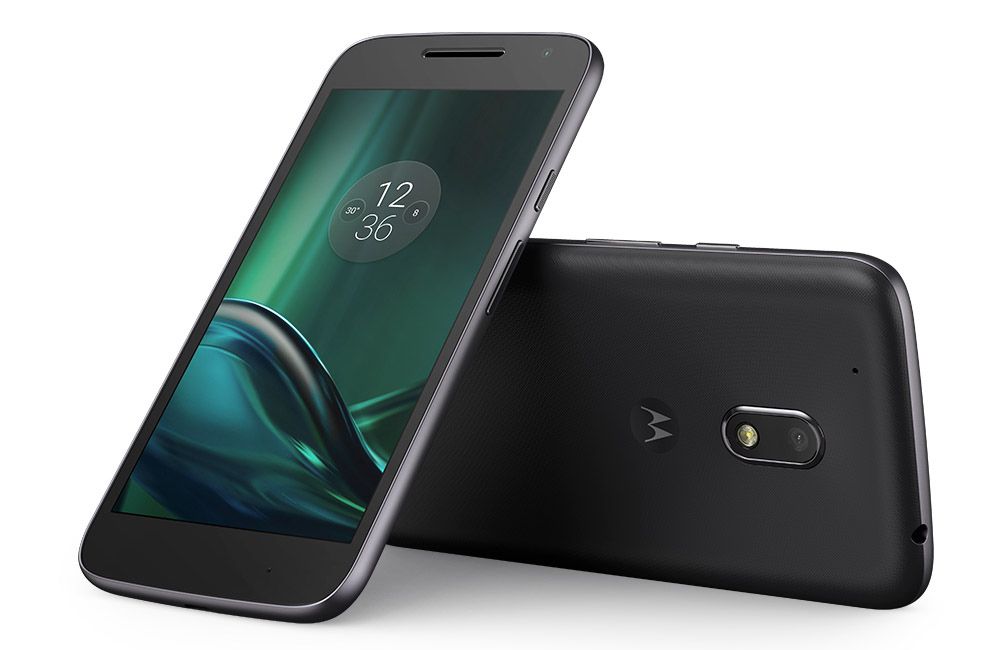
Motorola's excellent track record with updating devices fell by the wayside as it became part of Lenovo and started releasing more device variants than anyone can keep track of each year. Nothing is better proof of that than the Moto G4 Play's situation. The device, which was released on September of 2016, has been stuck on Marshmallow 6.0.1 for months and months as owners gave up on even getting an update. Then the unlocked international variant started getting Android 7.1.1 last month and now the Verizon one is following suit.
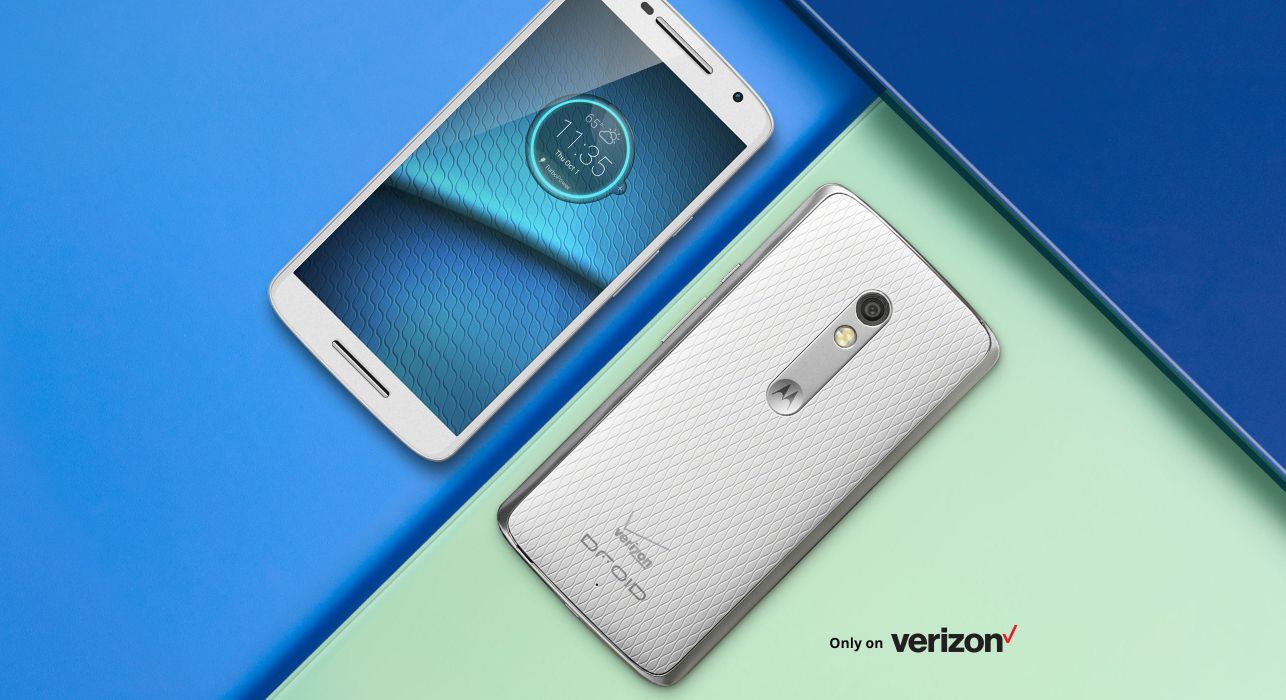
The Moto X Play was released in 2015, as a larger version of the X Style with a much bigger battery. In the United States, it was rebranded to the 'Droid Maxx 2,' a Verizon exclusive. Both models shipped with Android 5.1 Lollipop, and were later updated to Marshmallow. The Moto X Style received Android 7.1.1 Nougat in September of last year (at least in India), but the Maxx 2 has been stuck with 6.0.
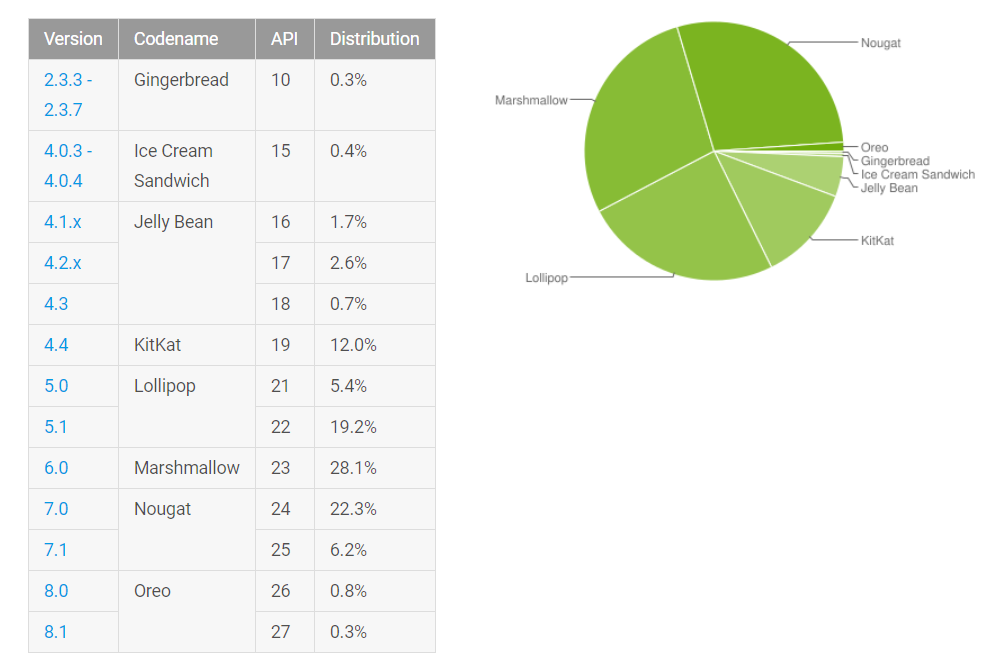
Android 8.0 has been a low burn since its release last fall. It's been gaining a tenth of a percent here and there on the distribution charts, and Android 8.1 just appeared last month. This month, there's a slightly larger bump that finally pushed the latest and greatest Android up over 1%.
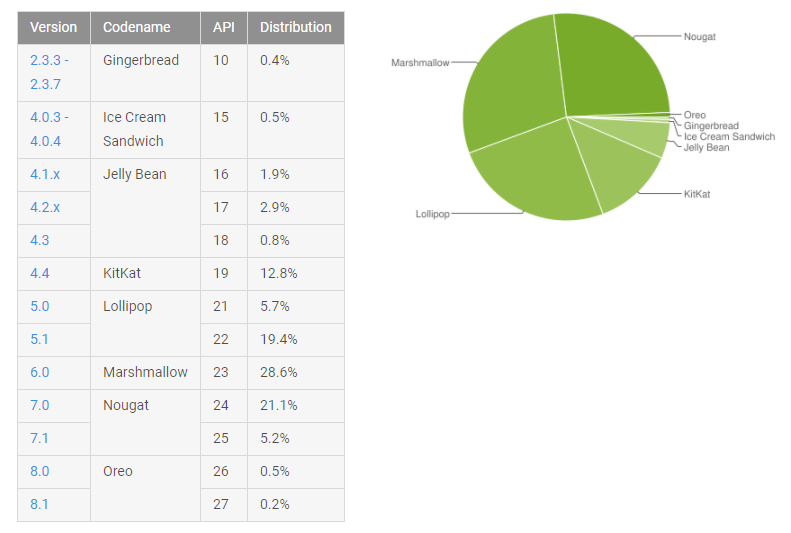
The time has come again for Google to provide an overview of what versions of Android are out there in the wild. Last month saw some big (proportional) gains for Oreo as most other versions of Android continued to slide. This time, we have the first appearance of Android 8.1, but Oreo's adoption is still in lock-step with Nougat last year.
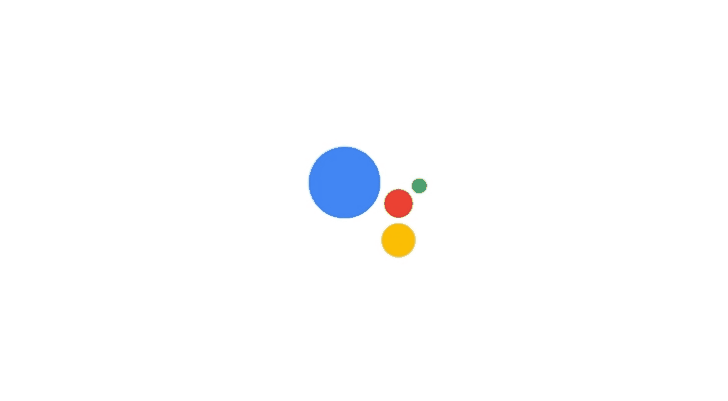
Google launched Assistant over a year ago with the original Pixel phones, but it expanded to more devices just a few months later. However, only phones with new-ish software were included. Starting now, Assistant is coming to more phones and (finally) tablets.
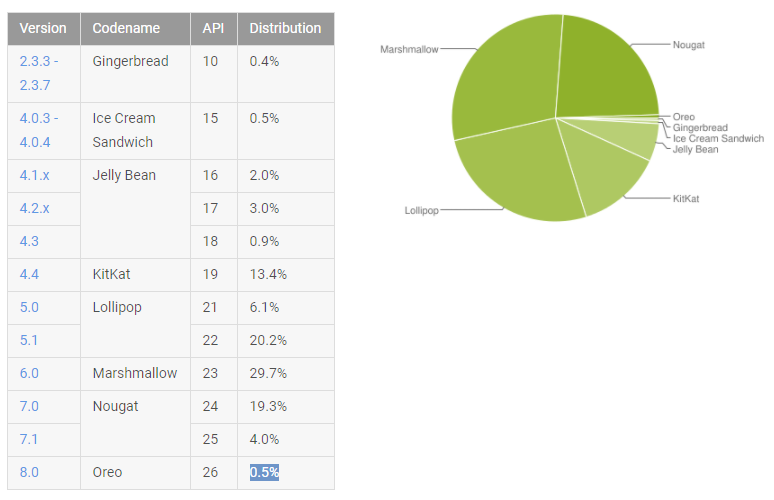
Well, it's that time of the month again. Like last month, Google's a bit later than it usually is with these numbers, and it isn't because we have a new version of Android for the chart. Although 8.1 has been released, this month's platform distribution numbers don't include it. Nougat continues to make gains, cumulatively adding an extra 2.7% to its slice of the pie, and Oreo has almost doubled to 0.5%.
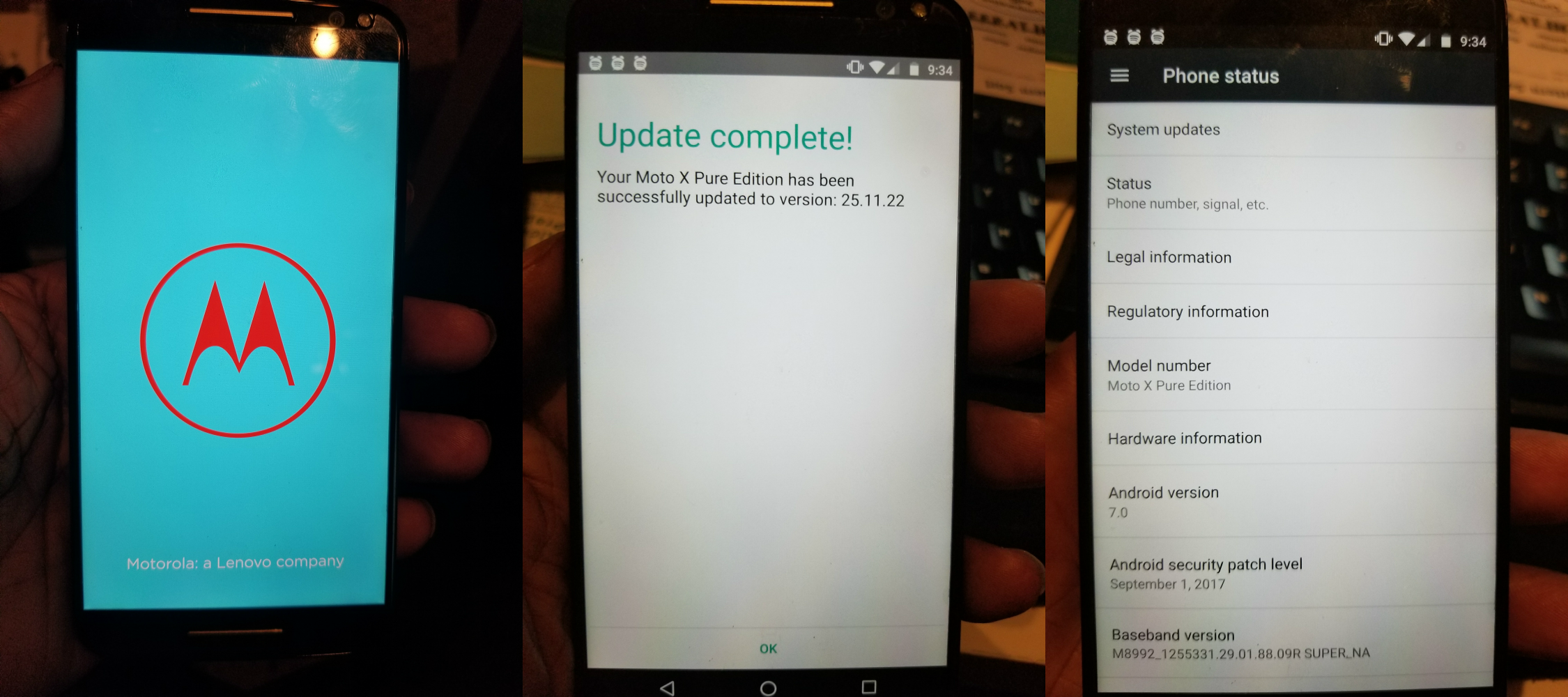
Read update
- If you have a Moto X Pure and you haven't received the update yet, your time has come. According to multiple reports on XDA, Reddit, and the Motorola support forums, Android 7.0 is now being pushed to everyone. Just in time for phones to start getting 8.0 Oreo!
Ah, Motorola. You were once one of the most enthusiast-friendly OEMs, yet you've now sunken down to a level deeper than possibly any other major phone manufacturer in this regard. Just a few years ago, your Moto X-series of phones were the absolute best phones on the market with updates: the Moto X (2013) beat the Nexus 4 out to 4.4 KitKat, and the Moto X (2014) did the same to the Nexus 5 with 5.0 Lollipop. These updates were rolled out mere days after Google officially launched them. However, it took over a year to update 2015's Moto X Pure Edition, the company's flagship at the time, to the now-dated Android 7.0 Nougat. Oh, how the great have fallen.








